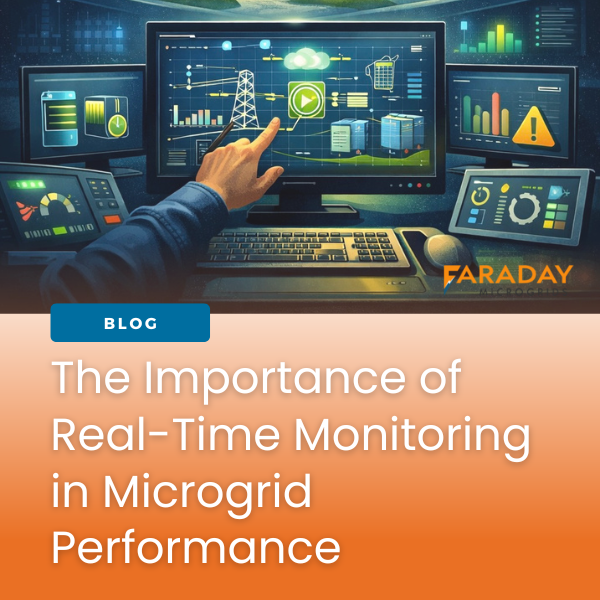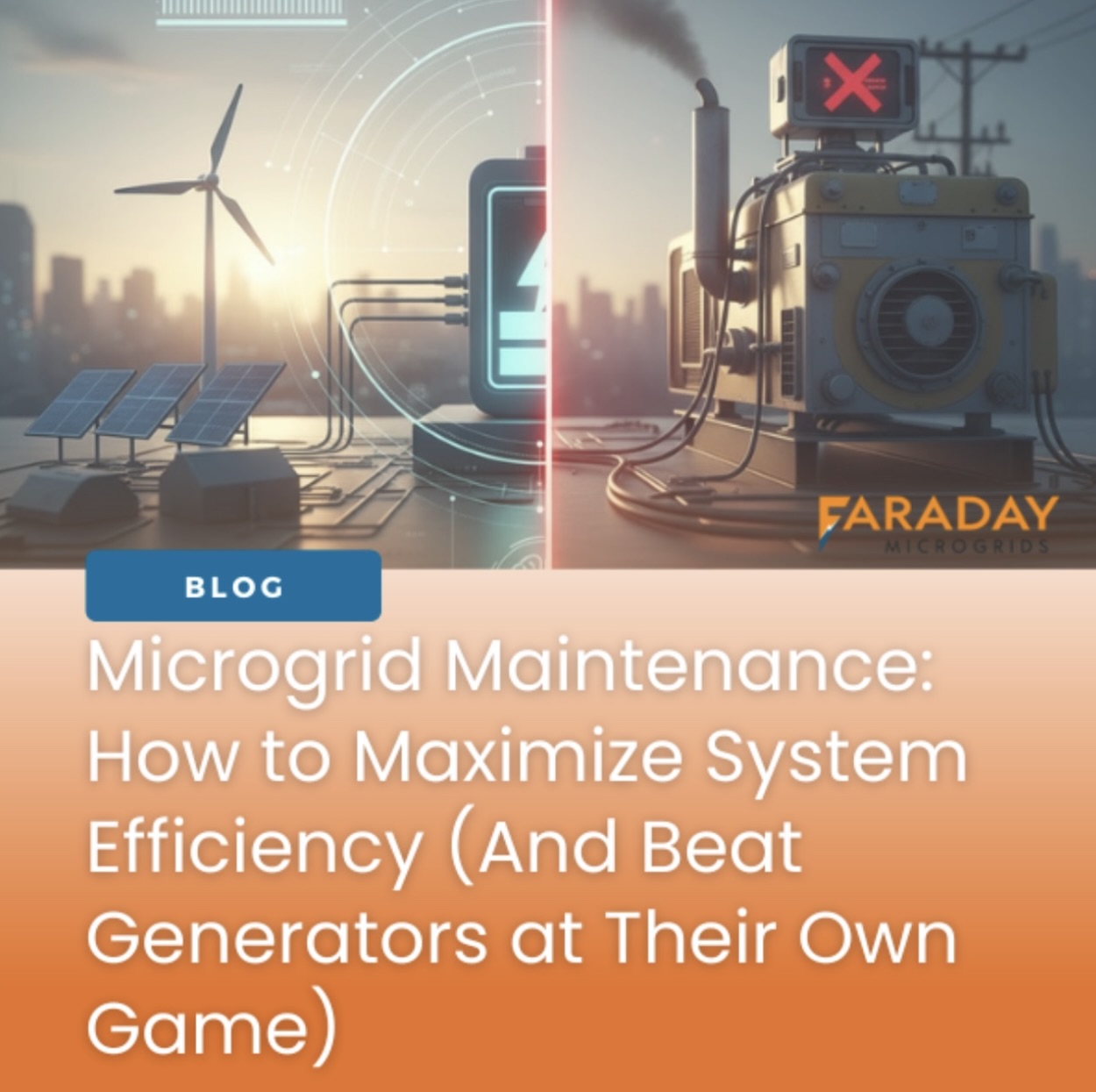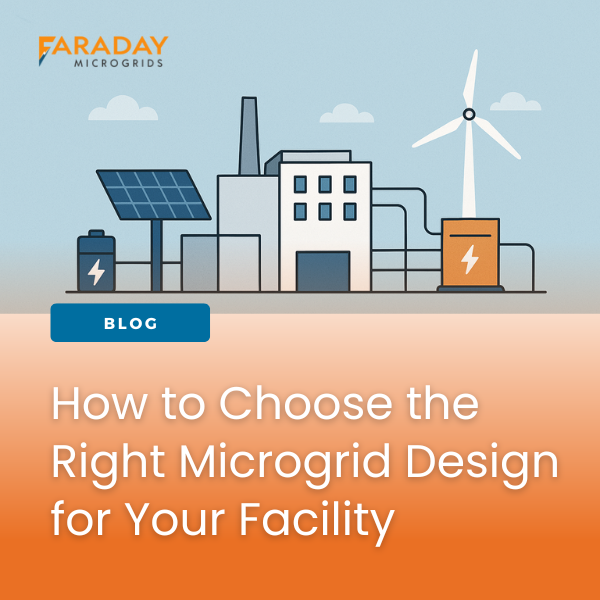Renewable energy systems used to be the territory of the wealthy or adventurous. Systems were expensive, the return on investment was long, and they were considered less than reliable. With rapid innovations, the technology cost and reliability has plummeted. In addition, financial returns have skyrocketed. Most importantly, diverse options to fund these systems are now readily available, whether a site wants to self-fund, collaborate with an investment partner, or simply buy services from an independent investor.
Microgrids, in particular, have emerged as the best solution for the vast majority of facilities. With site-based energy generation, storage, and controls, these systems can optimize cost savings, ensure reliability and resiliency, and qualify for unprecedented tax and cash incentives.
Here are three ways you can drive down the cost of a microgrid and recoup your investment, fast.
1. Inflation Reduction Act Tax Incentives
Perhaps the most revolutionary incentives come from the Inflation Reduction Act (IRA).
According to whitehouse.gov, facilities can now receive a tax credit to cover up to 70% of the costs of renewable energy projects. In addition, the systems are eligible for accelerated depreciation over just 5 years. This credit applies to solar + battery storage as well as standalone battery storage and other tools.
With a new “Direct Pay” option, even non-profits can take advantage of the new law and receive payments from the Federal Treasury equal to the amount of the tax credit.
Are you a taxable entity, but cannot use all of the tax credits? This problem has been solved as well. Tax credits can now be sold for cash without incurring any Federal taxes.
2. State Grant Programs
For residents of California, the Self-Generation Incentive Program (SGIP) provides incentives to support existing, new, and emerging distributed energy resources. According to ca.gov, SGIP provides rebates for qualifying distributed energy systems installed on the customer’s side of the utility meter. Qualifying technologies include wind turbines, waste heat to power technologies, pressure reduction turbines, internal combustion engines, microturbines, gas turbines, fuel cells, and advanced energy storage systems.
For residents, the California Energy Commission (CEC) has grant programs available. This is for projects geared toward solar power regeneration, incentivizing statewide facilities to invest in renewable energy alternatives.
Finally, check and see if your state has passed legislation supporting a SREC (solar renewable energy certificate).
Facilities with renewable energy alternatives in qualifying states are able to accumulate SRECs and prove sustainability requirements set by the renewable portfolio standard (RPS) in their state. Each SREC acts as a kind of ‘energy voucher’, and facilities can earn one for every 1,000 kWh (or 1 MWh) of electricity produced by a solar system.
3. Third-Party Investors
Because of the extraordinary incentives now available to owner/operators of renewable energy microgrids, there are virtually unlimited options to bring in an investor to bear the entire cost of developing, building, and operating these systems. Whether your facility lacks the capital, wants to avoid having to operate and maintain the systems, or just prefers the simplicity of buying services from microgrids, Faraday can bring in experienced, knowledgeable investors who can work with all types of facilities to find the right combination of project, services, and cost structure to meet a wide array of needs.
Are you a healthcare center in a disadvantaged community? Perhaps you don’t have the resources to develop and build a microgrid. Though you could benefit substantially from the cost savings, resiliency, and sustainability that comes with them. This is only one of the many scenarios in which Faraday has brought in grant funding, third-party capital, and other resources to make a renewable energy microgrid a reality.
Summary
Interested in learning more about microgrids and renewable energy? The experts at Faraday Microgrids offer a FREE facility analysis to help you understand what’s possible.
Schedule your FREE facility analysis with the experts at Faraday Microgrids today.






